Table of Contents
12 Harmful Things You May Be Doing to Your Dog
Dogs are known for being man’s best friend, but unfortunately, many dog owners unknowingly do things that can harm their furry companions. From feeding them the wrong foods to neglecting their physical and emotional needs, there are a lot of things that can be harmful to your dog. In this article, we will discuss some of the most common harmful things that dog owners do and how to avoid them.
1. Choosing the wrong collar
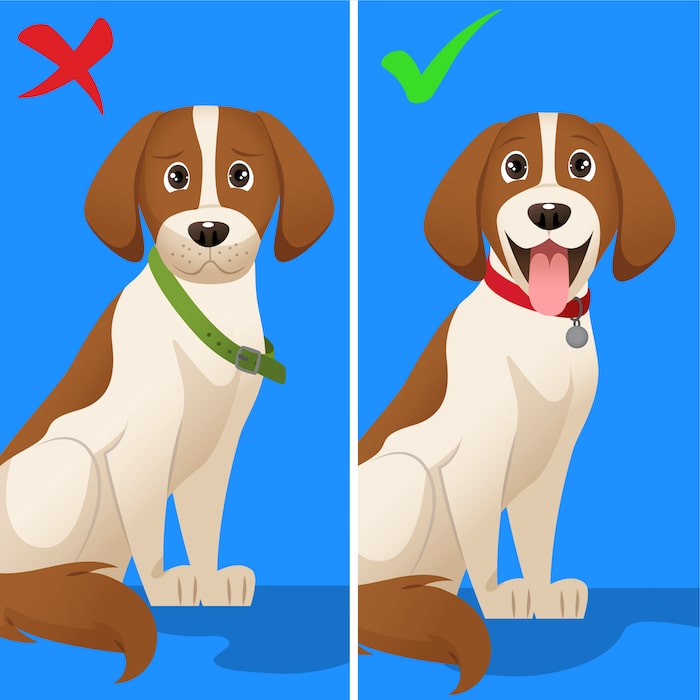
One of the most important things to consider when owning a dog is their collar. Collars are not only a way to identify your dog but also a way to keep them safe and secure. However, choosing the wrong collar for your dog can be harmful and uncomfortable for them.
There are many different types of collars to choose from, including flat collars, choke chains, and prong collars. Flat collars are the most common type and are suitable for most dogs. They come in a variety of materials such as leather, nylon, and neoprene. Choke chains and prong collars are not recommended as they can cause injury and discomfort to your dog.
It’s important to choose the right size collar for your dog. A collar that is too tight can cause breathing problems and discomfort, while a collar that is too loose can slip off. You should be able to fit two fingers comfortably between the collar and your dog’s neck.
When choosing a collar, also consider the type of activity your dog will be doing. If your dog loves to swim, a waterproof collar may be a good option. If your dog pulls on walks, consider a harness instead of a collar.
In addition to choosing the right collar, it’s important to check it regularly to make sure it’s in good condition and not too tight. As your dog grows, you may need to adjust the collar size.
By taking the time to choose the right collar for your dog, you can ensure their safety and comfort while also keeping them identifiable in case they get lost.
2. Neglecting breed-specific health issues
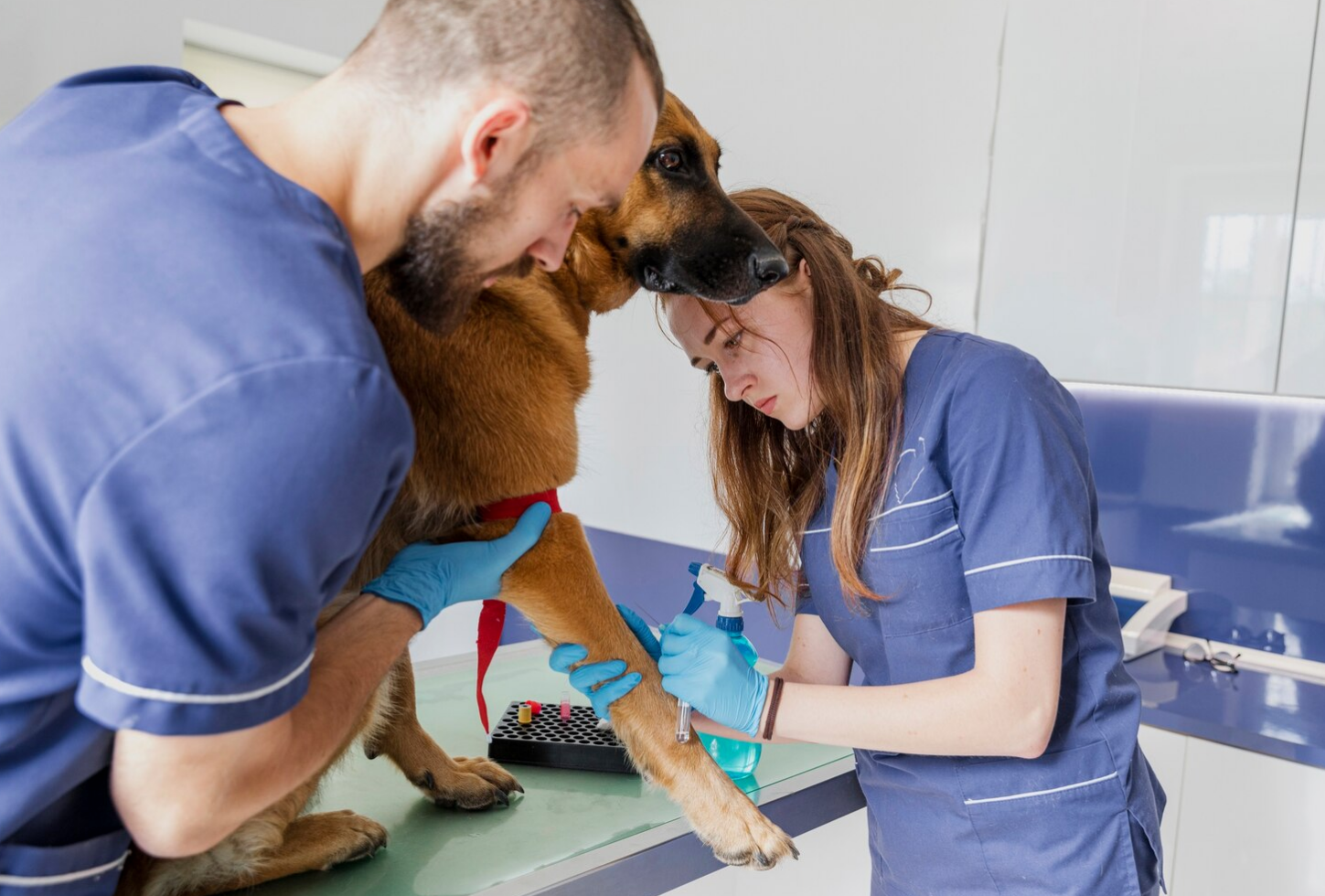
Every dog breed has its own set of unique health issues, and as a responsible dog owner, it’s important to be aware of and address these issues to ensure your dog’s health and happiness.
For example, some breeds are prone to hip dysplasia, while others may be more susceptible to respiratory issues or eye problems. It’s important to research your dog’s breed and be aware of any potential health issues they may face.
Neglecting breed-specific health issues can lead to discomfort and pain for your dog, and in some cases, can even be life-threatening. For example, brachycephalic breeds such as bulldogs and pugs are prone to breathing difficulties and heatstroke, and neglecting these issues can lead to serious health problems.
Regular check-ups with a veterinarian who is familiar with your dog’s breed can help catch any potential health issues early on. It’s also important to provide your dog with a healthy diet and regular exercise to help prevent health problems.
As a responsible dog owner, it’s your job to ensure that your dog receives the appropriate care and attention for their breed-specific health issues. By being aware of these issues and addressing them promptly, you can help ensure that your dog lives a long, healthy, and happy life.
3. Leaving harmful objects around
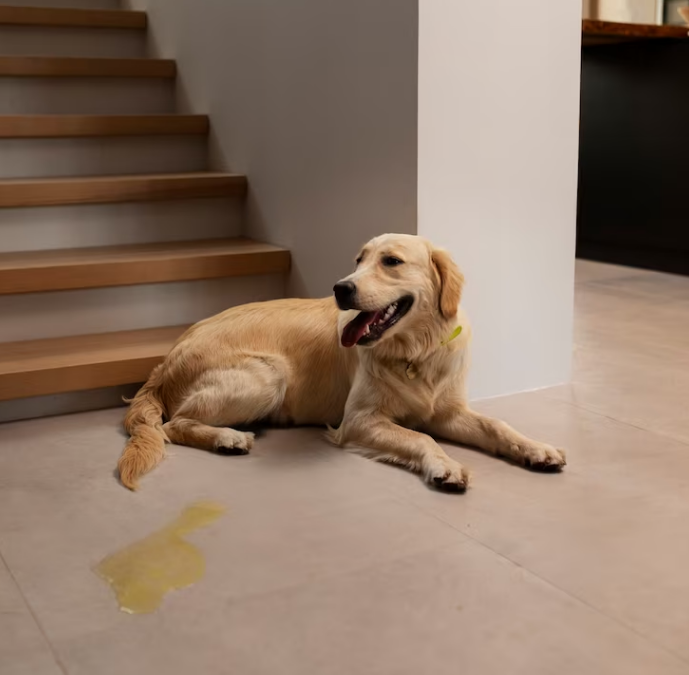
Dogs are curious creatures, and they love to explore and play. However, leaving harmful objects around your home can be dangerous for your dog and may even be life-threatening.
Common household items such as cleaning products, medications, and small objects like buttons or coins can be harmful if ingested by your dog. It’s important to keep these items out of your dog’s reach and securely stored away.
Other potentially harmful objects include sharp objects like knives or scissors, which can cause injuries to your dog if they accidentally come into contact with them. Similarly, small toys or objects that can be easily swallowed, such as plastic toys or rubber bands, can also pose a danger to your dog.
To prevent your dog from accessing harmful objects, it’s important to keep your home tidy and organized. Store potentially harmful items in secure cabinets or drawers, and keep small objects off the floor. You may also consider using baby gates or closing doors to keep your dog away from areas where dangerous items may be stored.
If you suspect that your dog has ingested a harmful object, it’s important to seek veterinary attention immediately. Signs of ingestion may include vomiting, diarrhea, lethargy, or loss of appetite.
By being proactive in keeping your home safe for your dog, you can help prevent potentially dangerous situations and ensure that your dog stays happy and healthy.
4. Leaving a dog alone in the car
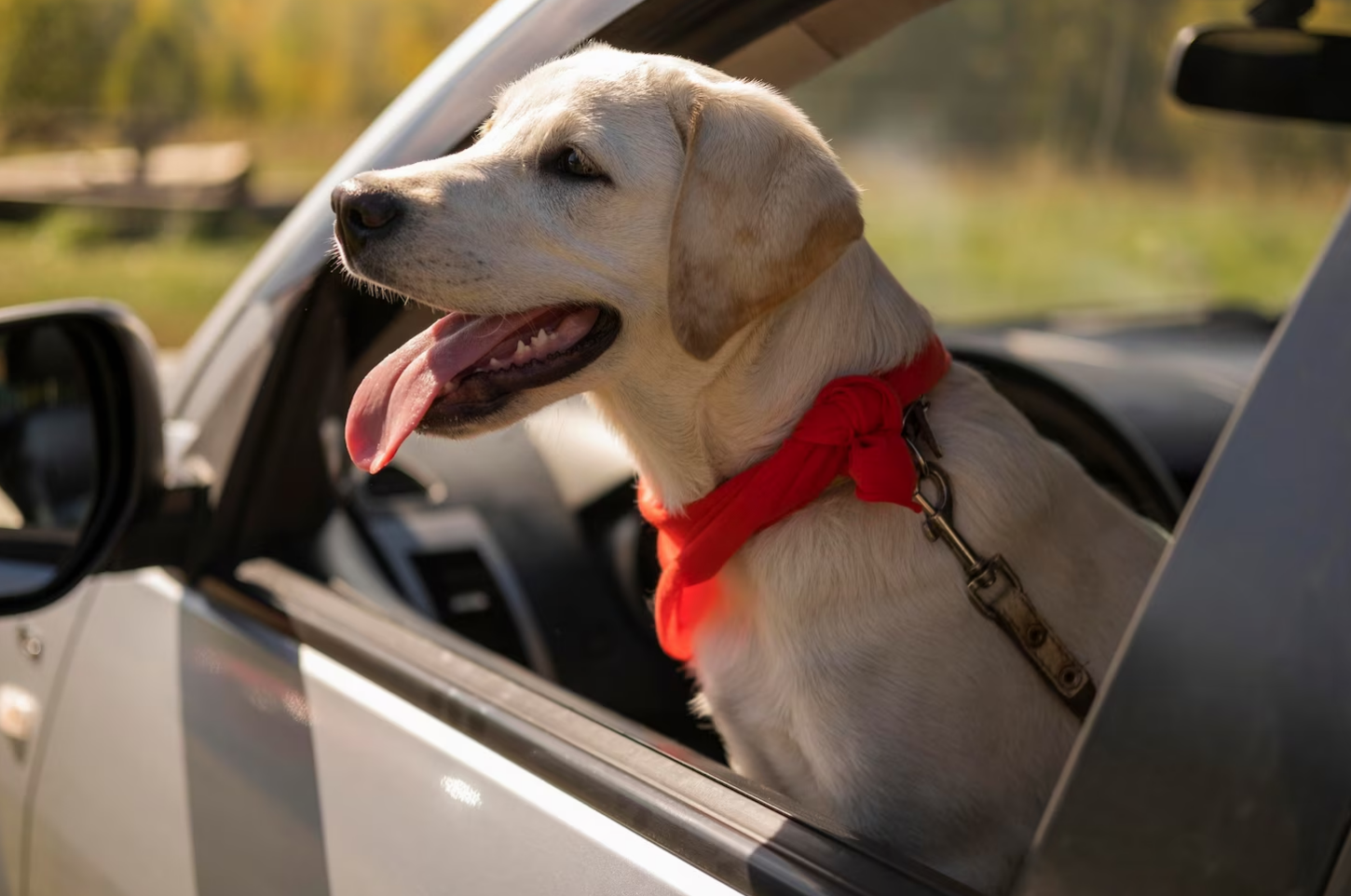
Leaving a dog alone in a car can be extremely dangerous and is a practice that should be avoided at all costs. Even on a mild day, the temperature inside a parked car can quickly become dangerously hot, which can cause heatstroke or even death in dogs.
Dogs are particularly vulnerable to heatstroke as they are unable to regulate their body temperature as efficiently as humans. Signs of heatstroke in dogs include excessive panting, lethargy, drooling, and vomiting.
Leaving a dog alone in a car can also increase the risk of theft or escape. Dogs left alone in a car may become anxious or distressed, which can lead to destructive behavior and can also cause them to attempt to escape from the vehicle.
If you need to travel with your dog, it’s important to plan ahead and ensure that your dog is safe and comfortable throughout the journey. If you need to make a stop, it’s best to bring your dog with you rather than leaving them in the car. You may also consider using a crate or harness to secure your dog during the journey.
In cases where it’s not possible to bring your dog with you, it’s best to leave them at home or in the care of a trusted friend or family member. This will ensure that your dog stays safe and comfortable, and will also give you peace of mind knowing that your dog is well cared for.
Overall, leaving a dog alone in a car is a practice that should be avoided at all costs. By planning ahead and taking the necessary precautions, you can ensure that your dog stays safe and healthy throughout your travels.
5. Bringing puppies to a dog park
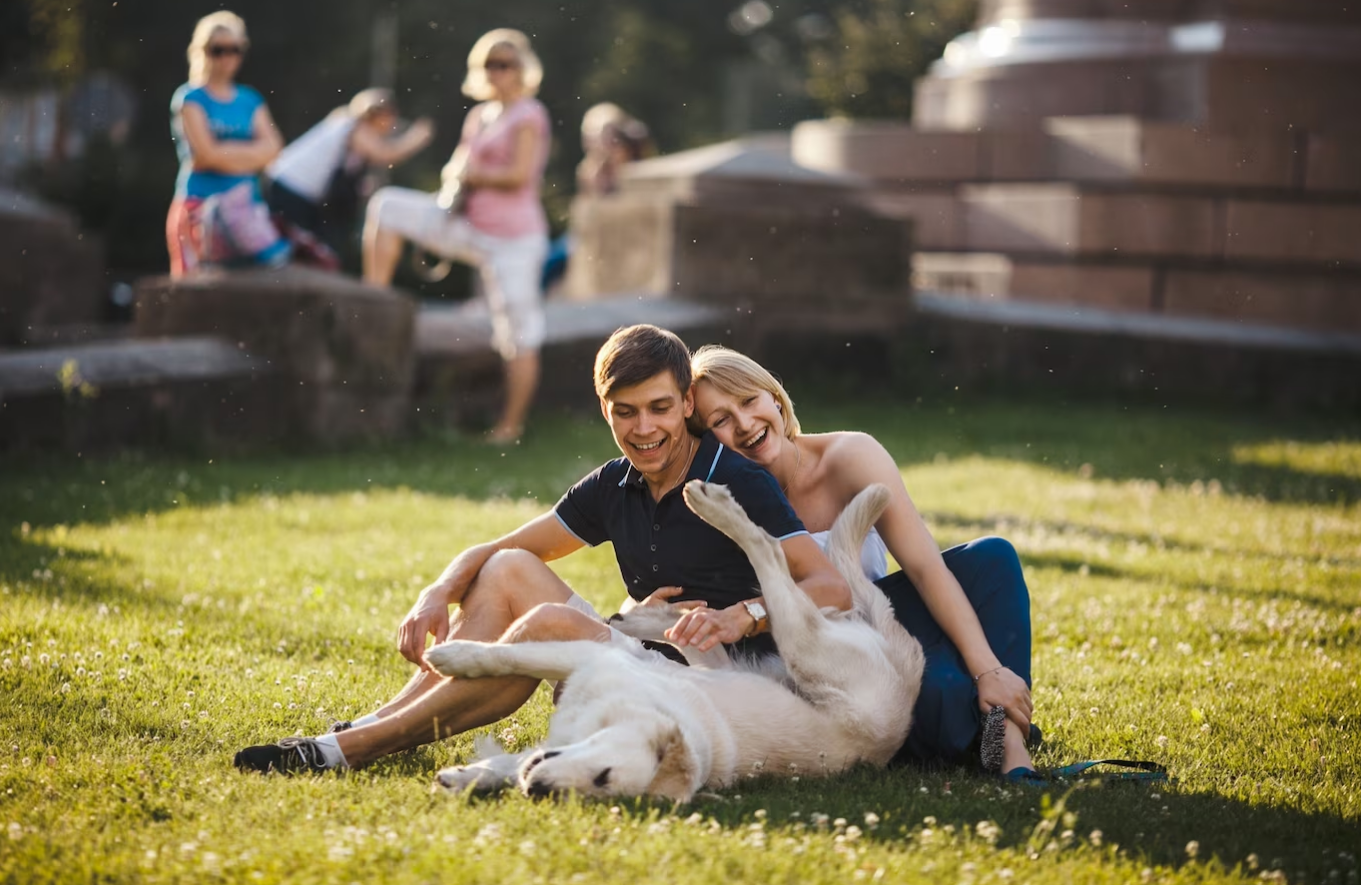
Dog parks can be a great place for dogs to socialize, play, and get exercise. However, bringing puppies to a dog park can be risky and may not be the best option for their health and safety.
Puppies are still developing their immune systems and are more susceptible to illnesses and diseases. Dog parks can be breeding grounds for bacteria and viruses, and there’s a risk that your puppy may catch an illness or disease from another dog.
In addition, puppies may not yet have the necessary social skills to interact appropriately with other dogs. Dog parks can be overwhelming for puppies, and they may become frightened or anxious in a new environment.
If you do decide to bring your puppy to a dog park, it’s important to take precautions to ensure their safety. Keep your puppy on a leash and closely supervise their interactions with other dogs. Avoid bringing your puppy to the park during peak hours, when there may be a large number of dogs present.
You may also want to consider enrolling your puppy in a puppy socialization class or arranging playdates with other vaccinated, healthy dogs in a controlled environment. This can help your puppy develop social skills in a safe and controlled environment.
Overall, bringing puppies to a dog park can be risky and may not be the best option for their health and safety. By taking precautions and considering alternative options, you can help ensure that your puppy stays safe and healthy as they grow and develop.
6. Preventing them from sniffing out everything they want to sniff
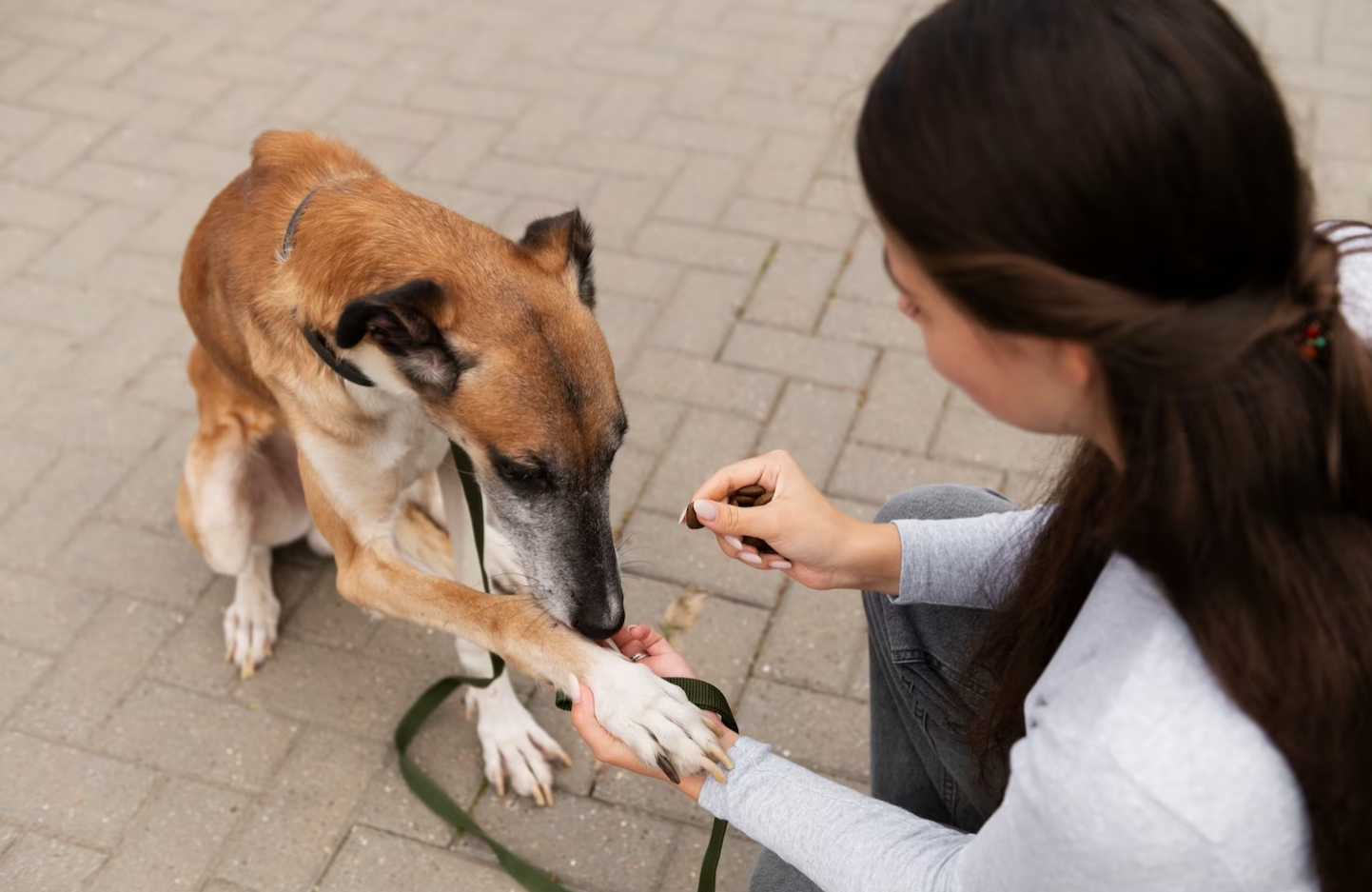
Allowing your dog to sniff around during walks is important for their mental and physical well-being. However, it’s important to set boundaries and prevent them from sniffing out everything they want to sniff to ensure their safety and maintain control during walks.
One way to prevent your dog from sniffing everything is to use positive reinforcement training to teach them to focus on you during walks. Start by practicing in a distraction-free environment, and gradually increase the level of distractions as your dog learns to focus on you. Reward your dog with treats and praise for keeping their attention on you.
You can also use a verbal cue, such as “let’s go,” to signal to your dog that it’s time to move on. Practice this cue in a distraction-free environment and gradually increase the level of distractions as your dog becomes more responsive to the cue.
It’s important to strike a balance between allowing your dog to explore and sniff their surroundings and maintaining control during walks. This will help prevent your dog from becoming overstimulated or overwhelmed by their surroundings and help keep them safe.
In addition, using a well-fitted and secure harness or collar can help you maintain control over your dog during walks. Avoid using retractable leashes as they can give your dog too much freedom and make it difficult to maintain control.
Overall, allowing your dog to sniff during walks is important for their well-being, but it’s important to set boundaries and prevent them from sniffing everything they want to sniff. By using positive reinforcement training and maintaining control during walks, you can help ensure that your dog stays safe and happy during their daily walks.
7. A lack of stimulation
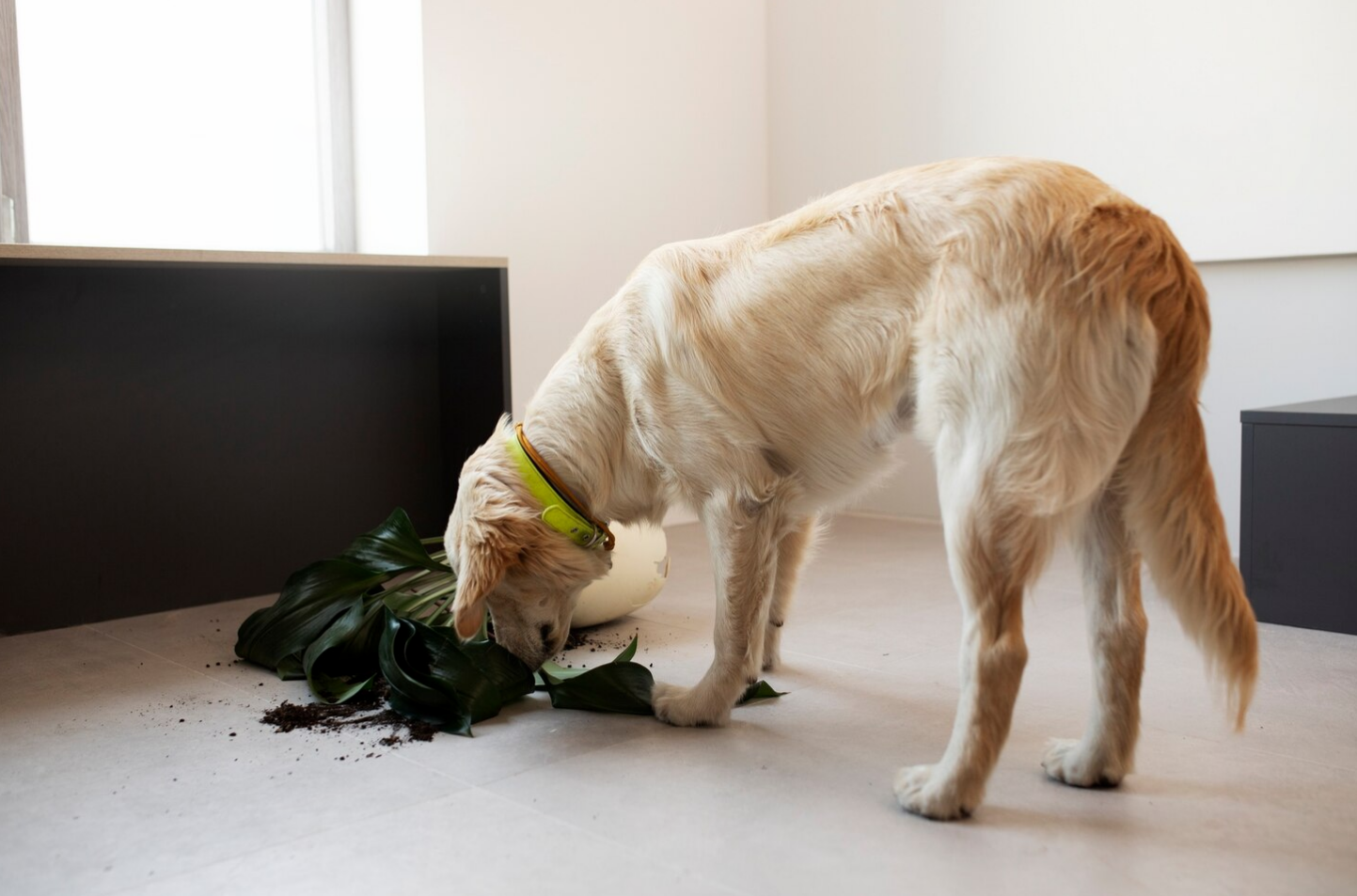
Dogs are intelligent animals that require mental stimulation to stay happy and healthy. Without enough stimulation, dogs can become bored, restless, and even develop behavior problems.
One way to provide mental stimulation for your dog is to provide them with interactive toys and puzzles. These toys can challenge your dog’s problem-solving skills and keep them occupied for longer periods of time. You can also use food puzzles to make mealtime more exciting and mentally stimulating for your dog.
Training and obedience classes are also a great way to provide mental stimulation for your dog. These classes can help your dog learn new skills and behaviors, and provide them with a sense of accomplishment and purpose.
Regular exercise and playtime are also important for keeping your dog mentally stimulated. Take your dog on walks, play fetch, and engage in other activities that provide physical and mental exercise.
Finally, spending quality time with your dog is one of the best ways to provide mental stimulation. Groom your dog, play with them, and provide plenty of affection and attention. This will not only keep your dog mentally stimulated, but also strengthen your bond with them.
Overall, providing mental stimulation is an important part of keeping your dog happy and healthy. By providing interactive toys and puzzles, training and obedience classes, regular exercise and playtime, and quality time with your dog, you can help ensure that they have a fulfilling and stimulating life.
8. Not securing your dog in the car
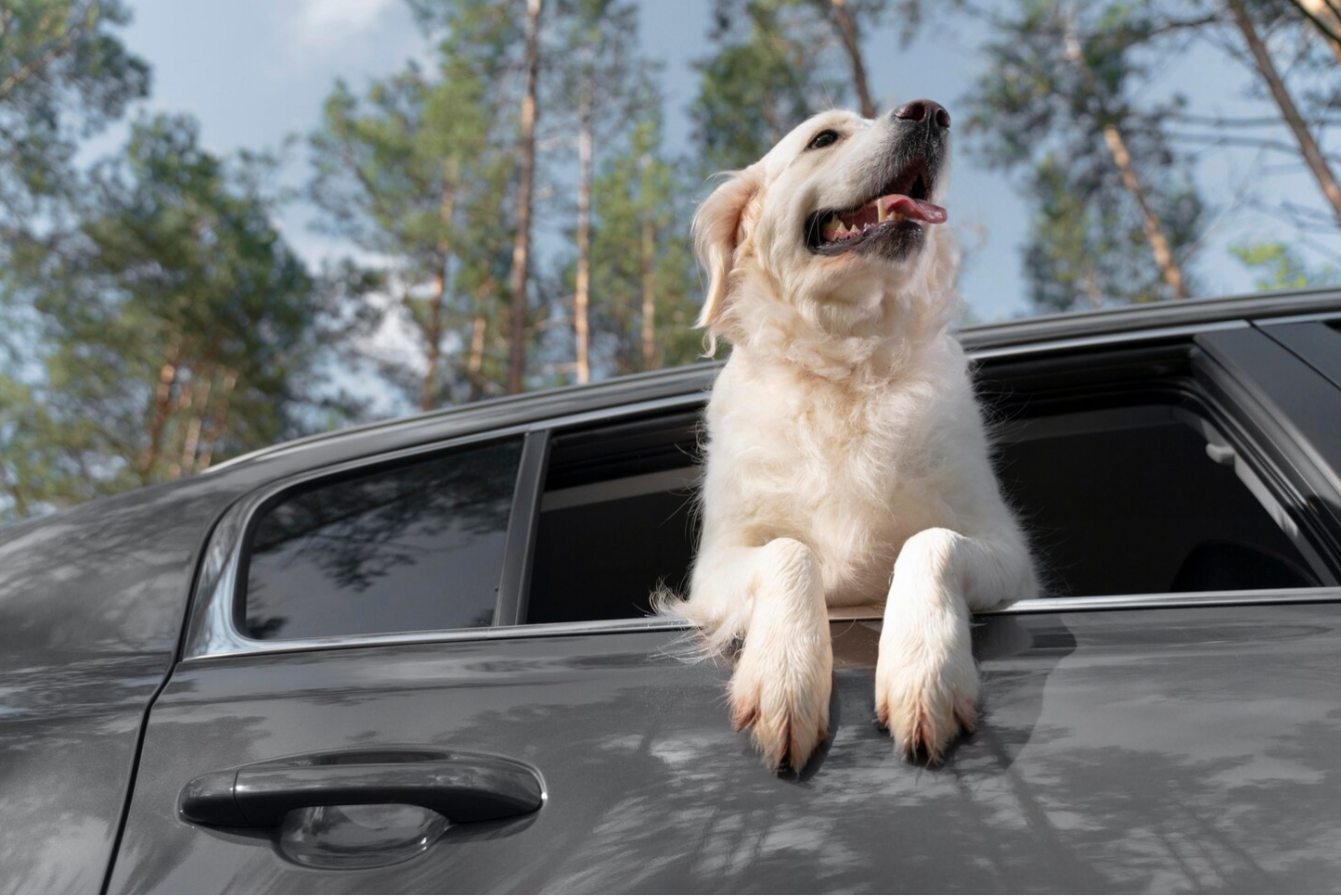
Securing your dog in the car is essential for their safety and the safety of others on the road. An unsecured dog can become a dangerous distraction for the driver, and in the event of an accident, can be seriously injured or even killed.
There are several ways to secure your dog in the car. One of the safest options is to use a crate or carrier that is secured with a seatbelt or other restraint system. This will protect your dog in the event of an accident and prevent them from being thrown around the car.
Another option is to use a dog harness that is specifically designed for use in the car. These harnesses can be secured to the seatbelt and provide a comfortable and secure way to transport your dog.
Regardless of which method you choose, it’s important to ensure that your dog is comfortable and able to move around freely. Make sure that they have access to water and are not exposed to extreme temperatures.
In addition to securing your dog, it’s important to never leave them alone in the car. Even with the windows cracked, temperatures can rise quickly and lead to heat stroke and other serious health issues.
Overall, securing your dog in the car is an important part of responsible pet ownership. By using a crate or carrier, a dog harness, or other restraint system, and never leaving your dog alone in the car, you can help keep your dog safe and happy during car rides.
9. Yelling when your dog does something wrong
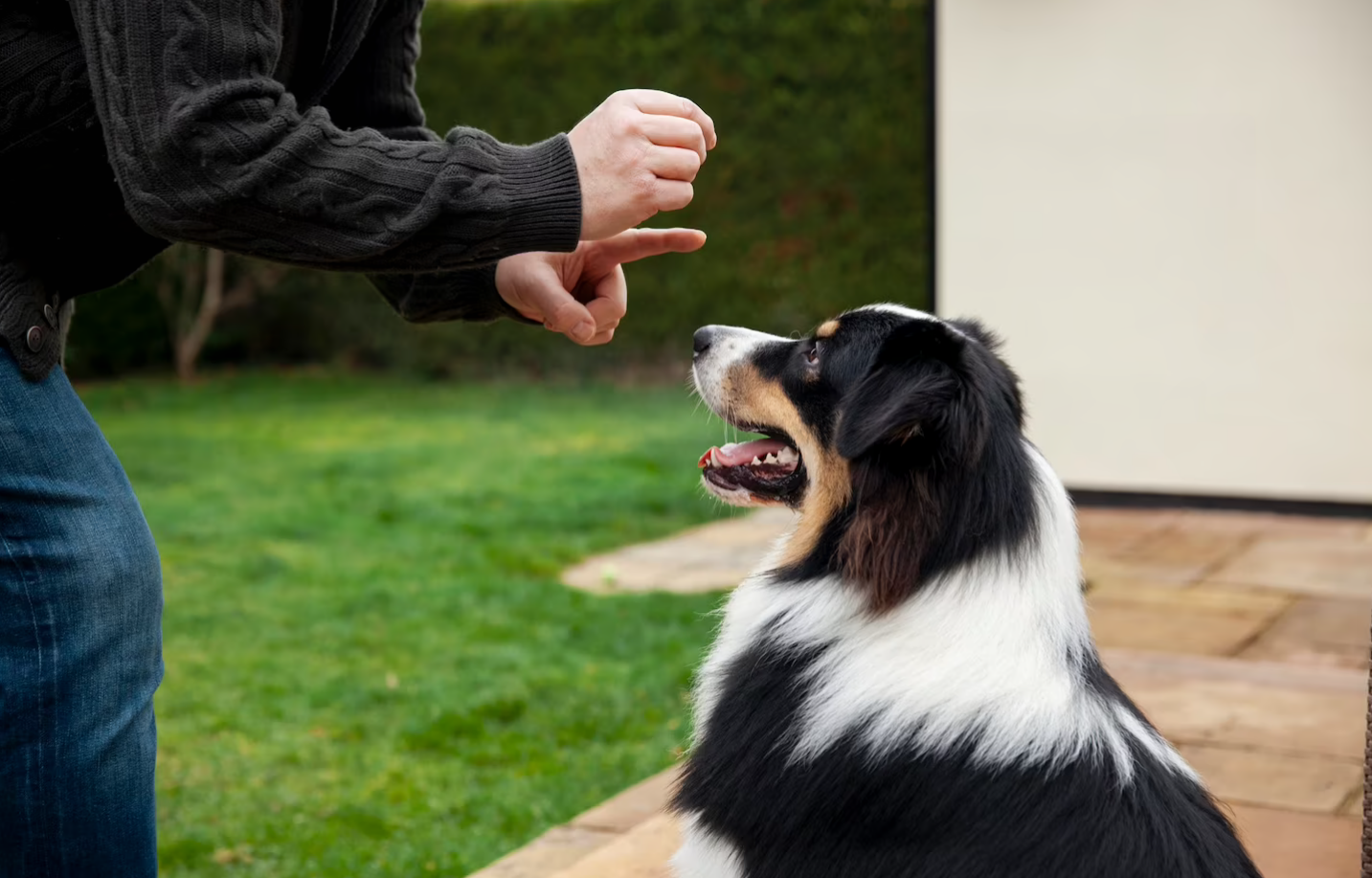
Yelling at your dog when they do something wrong is not an effective way to discipline them and can actually do more harm than good. Dogs respond much better to positive reinforcement and rewards for good behavior than punishment for bad behavior.
When your dog does something wrong, it’s important to correct the behavior in a calm and controlled manner. Instead of yelling, try using a firm, but gentle tone of voice to communicate that the behavior is unacceptable. You can also use positive reinforcement to encourage good behavior.
For example, if your dog jumps up on people, instead of yelling, try redirecting their attention to a more appropriate behavior, such as sitting. When they do sit, reward them with praise, treats, or other rewards.
It’s also important to remember that dogs don’t understand the concept of “right” and “wrong” like humans do. They simply respond to the consequences of their behavior. Yelling or punishing your dog for a behavior they don’t understand is unfair and can damage your relationship with them.
In addition to positive reinforcement, it’s important to provide your dog with clear and consistent rules and boundaries. This will help them understand what behaviors are expected of them and what behaviors are unacceptable.
Overall, yelling at your dog when they do something wrong is not an effective way to discipline them. Instead, use positive reinforcement, clear and consistent rules and boundaries, and a calm and controlled demeanor to encourage good behavior and discourage bad behavior.
10. Skipping flea, tick and worming treatment
Flea, tick, and worming treatments are an important part of your dog’s healthcare routine. Skipping these treatments can have serious consequences for your dog’s health and well-being, as well as the health of other pets and people in your household.
Fleas and ticks can cause a variety of health issues for your dog, including skin irritation, anemia, and even diseases like Lyme disease and Rocky Mountain spotted fever. Worms, such as heartworms, can also be extremely dangerous and even deadly if left untreated.
Regular flea, tick, and worming treatments can help prevent these issues and keep your dog healthy and happy. It’s important to consult with your veterinarian to determine the best treatment plan for your dog based on their age, breed, and lifestyle.
In addition to regular treatments, there are other steps you can take to prevent flea and tick infestations, such as keeping your yard well-maintained and using flea and tick preventative products on your dog’s bedding and other areas they spend time in.
It’s also important to monitor your dog’s behavior and health and seek veterinary care if you notice any unusual symptoms or changes in their behavior. Regular check-ups and preventative care can help catch and treat health issues early, before they become more serious.
Overall, skipping flea, tick, and worming treatments can have serious consequences for your dog’s health and well-being. By working with your veterinarian and taking preventative measures, you can help keep your dog healthy and happy for years to come.
11. Neglecting your dog’s teeth
Neglecting your dog’s teeth can lead to serious dental health problems, including tooth decay, gum disease, and even systemic infections that can affect other organs in the body. Regular dental care is an important part of your dog’s overall health and well-being.
One of the easiest things you can do to promote good dental health for your dog is to regularly brush their teeth. Start by introducing a toothbrush and toothpaste designed specifically for dogs, and gradually work your way up to a full brushing routine. Be sure to praise your dog and reward them with treats for good behavior during the brushing process.
In addition to regular brushing, there are other steps you can take to promote good dental health for your dog. Providing dental chews and toys can help remove plaque and tartar buildup, while also keeping your dog entertained and mentally stimulated.
It’s also important to have your dog’s teeth checked regularly by a veterinarian. During a dental exam, your vet can check for signs of dental problems and recommend treatments or preventative measures as needed.
Overall, neglecting your dog’s teeth can lead to serious health problems down the line. By establishing a regular dental care routine and working with your veterinarian, you can help keep your dog’s teeth healthy and strong for years to come.
12. Letting your dog eat everything
Letting your dog eat everything they come across can be a dangerous habit that puts their health at risk. Dogs have a natural tendency to explore their environment with their mouths, but ingesting certain foods or objects can be harmful or even deadly.
Some common foods that are toxic to dogs include chocolate, grapes and raisins, onions and garlic, and certain types of nuts. It’s important to keep these foods out of reach of your dog and to never intentionally feed them to your pet.
In addition to food, there are many household items and objects that can be dangerous if ingested by your dog. These can include medications, cleaning products, and even small toys or pieces of plastic. Always be aware of what your dog is chewing on or ingesting and take steps to remove any potentially dangerous objects from their reach.
If you suspect your dog has ingested something harmful, it’s important to contact your veterinarian right away. Symptoms of poisoning can include vomiting, diarrhea, lethargy, and loss of appetite, among others.
In general, it’s best to establish healthy eating habits for your dog and to keep them on a regular feeding schedule. Avoid giving your dog table scraps or human food, and provide them with a balanced and nutritious diet that meets their specific needs.
By being mindful of what your dog eats and taking steps to prevent them from ingesting harmful substances, you can help ensure their health and well-being.
